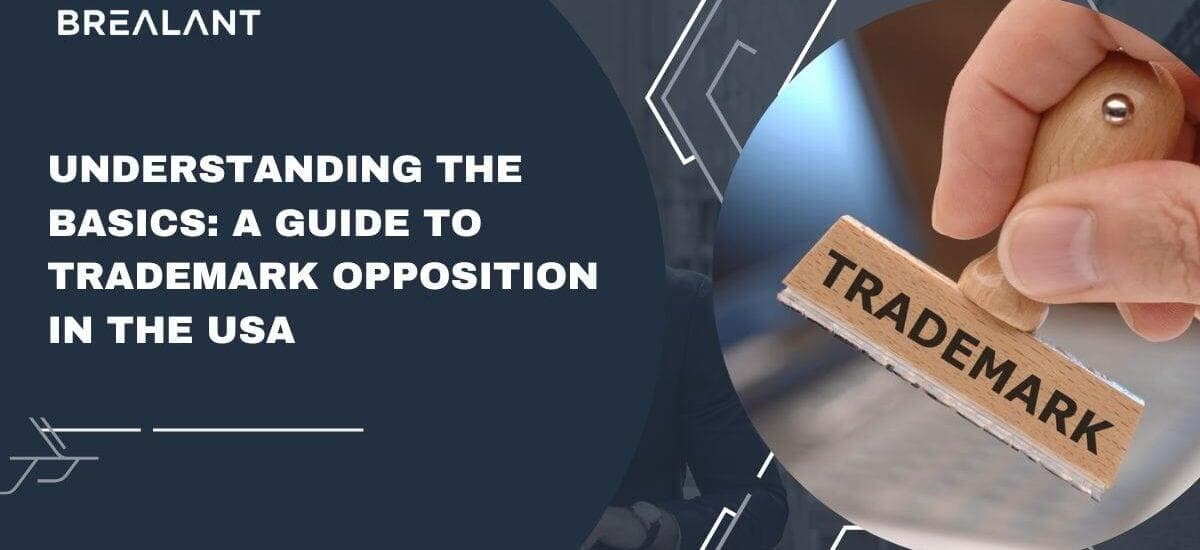
What if someone tried to trademark a word prominently associated with your business? How would you respond? This question becomes increasingly important as businesses grow and expand their operations. Protecting your trademarks not only protects your business but also protects you from challenges made by other businesses that may be trying to infringe on your rights. This article will explore the basics of trademark opposition in the United States.
Trademark law protects the right to exclusively identify a particular product or service. Protection begins with registering the mark with the United States Patent and Trademark Office (USPTO). Once a mark is registered, it is protected under federal and state law. Opponents of a registered trademark must go through an extensive legal process to challenge the mark’s validity.
If you are considering filing a trademark opposition against a competitor’s Trademark, it is important to understand the basics of trademark law. This knowledge will help you formulate a successful argument should you file an opposition. We will also provide tips on protecting yourself from potential disputes.
What is trademark opposition?
Trademark opposition is a process whereby one party challenges the validity of another party’s Trademark. Trademark opposition can take many forms, from filing a formal trademark complaint to simply making an opposition. Without understanding the basics of this process, you could find yourself in quite a pickle. In this article, we will guide you through the necessary steps to help you understand and carry out trademark opposition effectively.
What is trademark opposition in the USA?
Trademark opposition is when a party files a lawsuit to try and stop another party from using a trademark they own or are legally responsible for protecting.
There are many reasons someone might want to oppose another party’s use of their Trademark. For example, the person might think that the other party is unfairly claiming ownership of the mark or believe that the other party will be defrauding customers by misleadingly using the mark.
Trademark opposition in the USA is a procedure individuals or companies use to oppose another party’s use of a registered trademark that is not confusingly similar to their own. When a party files a trademark opposition, they must establish that the other party’s mark creates an actual risk of confusion for consumers. The US Trademark Opposition process involves filing an opposition in The Trademark Trial and Appeal Board of the United States Patent and Trademark Office.
Trademark opposition can be a complex process. Understanding the basics to protect your trademark rights and avoid legal trouble is important.
What are the basics of trademark opposition, and on what grounds can the opposition be filed?
The disputed Trademark may cause consumer confusion with the opposer’s Trademark if it is used in connection with the goods or services that are the subject of the application. Contrary to the necessary provisions for trademark registration, the applicant never had a genuine intention to use the mark in commerce when the trademark application was filed. Given the goods/services provided under the Trademark, the applicant’s mark is not sufficiently distinctive and is, as a result, either generic or descriptive. Despite assertions, the Trademark has not satisfied the criteria of legitimate usage in commerce before submitting the 1(a) filing.
Understanding the basics of trademark opposition is essential for those planning to file an opposition. By being aware of the various factors involved in trademark disputes, you can better prepare your case and protect your intellectual property rights.
Conclusion
Do you have a product or service that you want to protect by trademarking its name? If so, you’ll need to understand the basics of trademark opposition in the USA. This article outlines the process and provides key information about what to expect. Opposition is an important part of enforcing your trademark rights. It helps protect your investment and ensure that other people respect your mark. It also allows you to recover any losses you may have incurred due to the infringement. Understanding trademark opposition, what constitutes an infringement, and how to oppose it is essential if you want to protect your trademarks.
If you own a trademark, you can protect it by opposing anyone who tries to use your Trademark without your permission. Opponents can be individuals, companies, or even countries. Trademark opposition can be a complex process. Understanding the basics to protect your trademark rights and avoid legal trouble is important. Get more insights about the various domains of intellectual property from Brealant. The firm strives to provide its client with technology-driven, efficient IP solutions. Learn more about the array of services provided by the company by visiting the official website.

